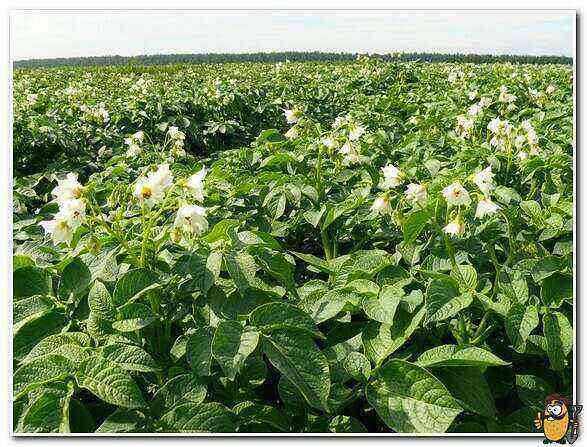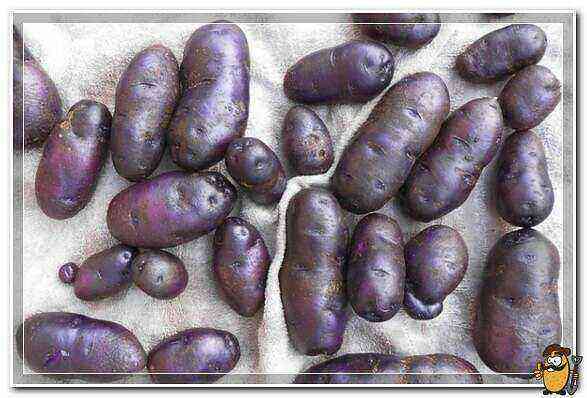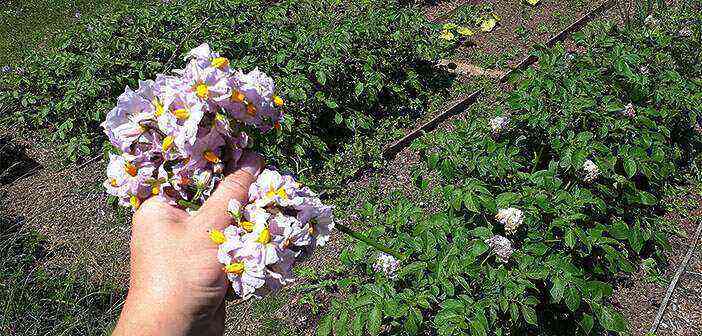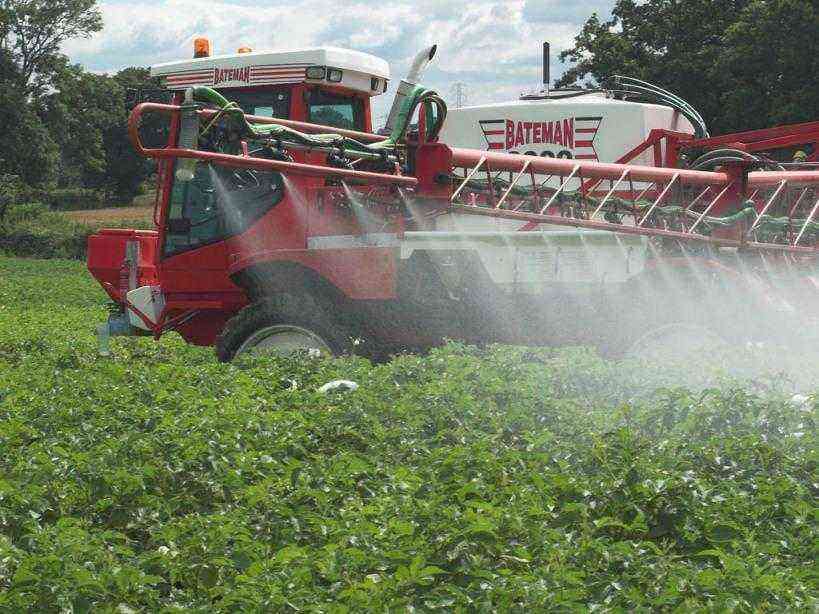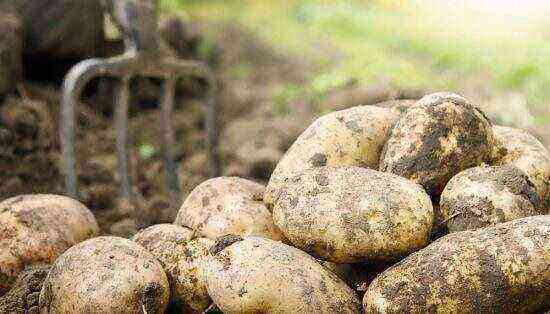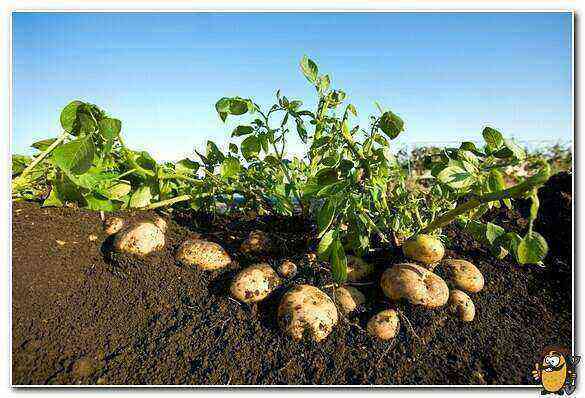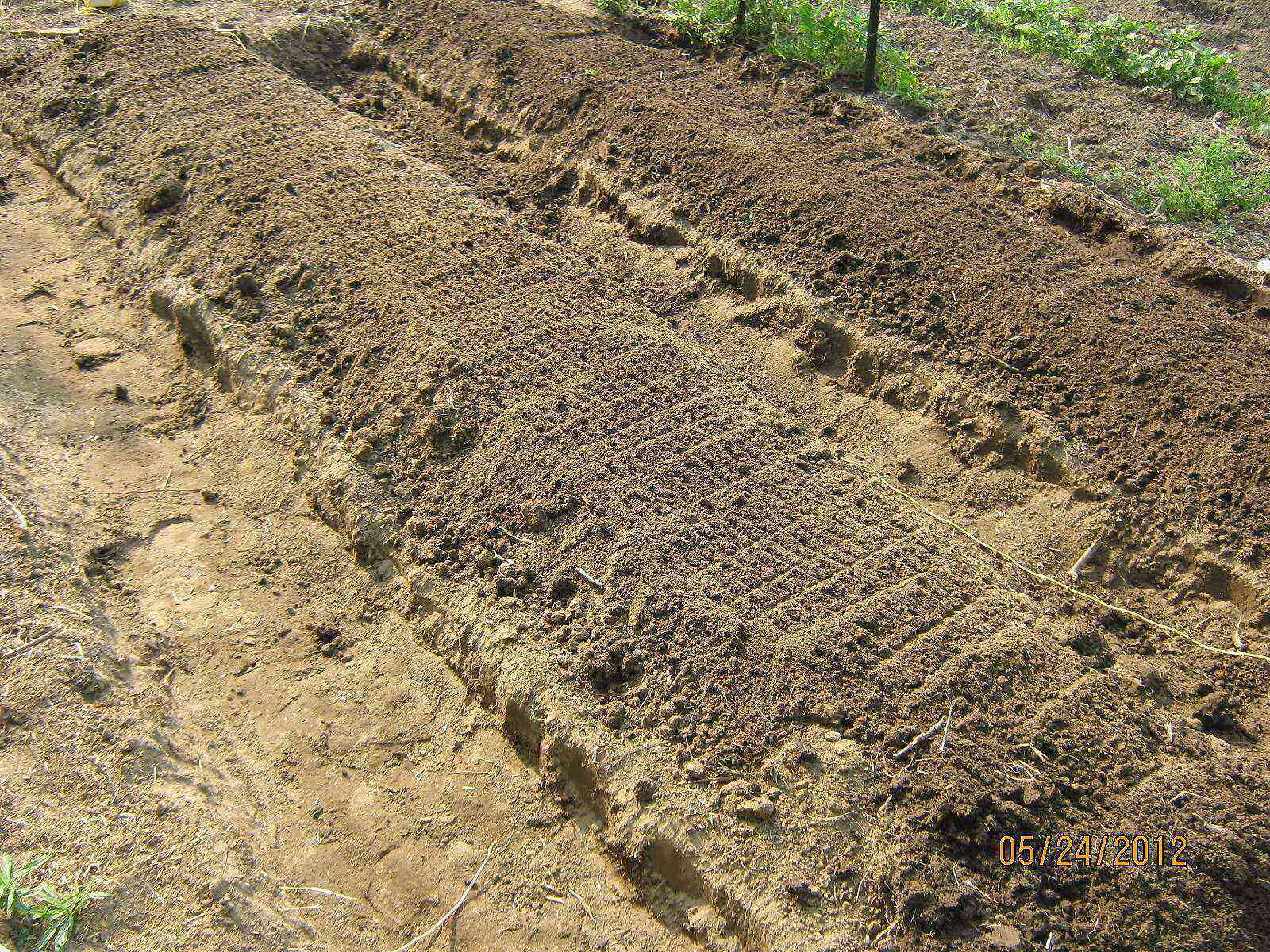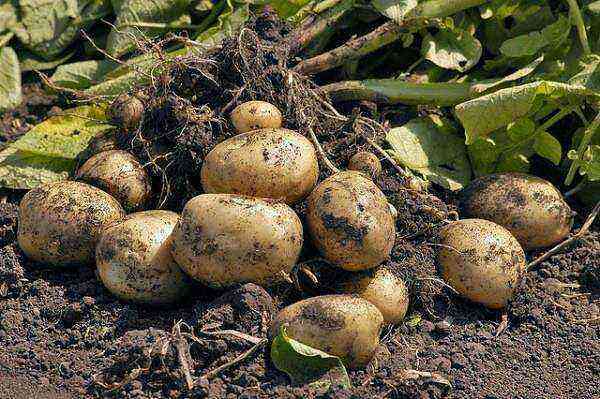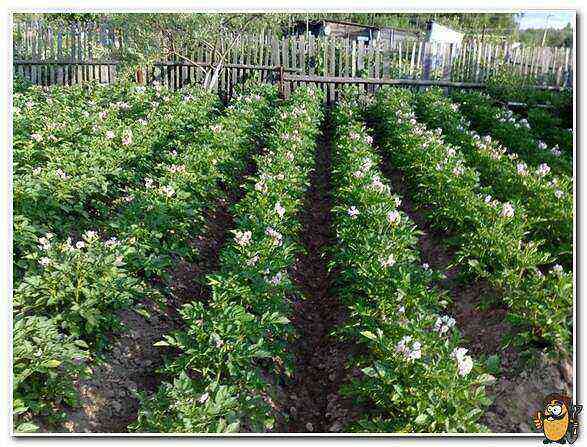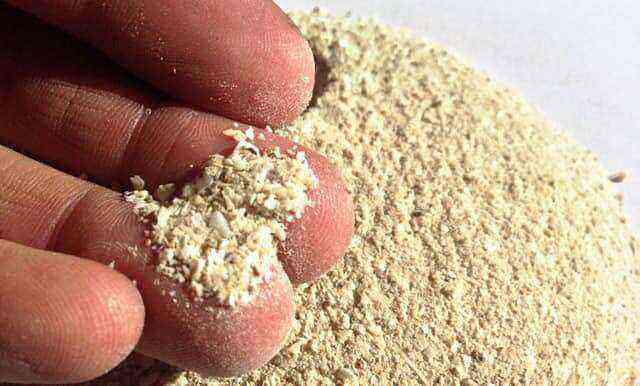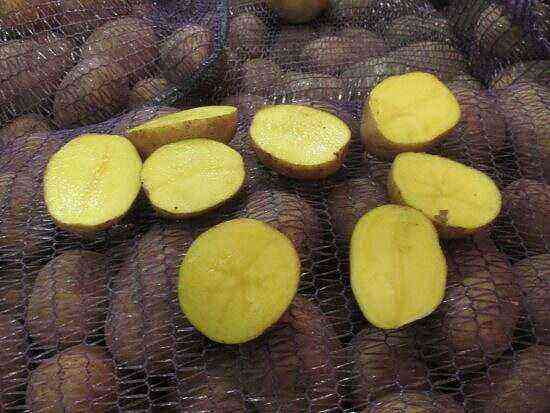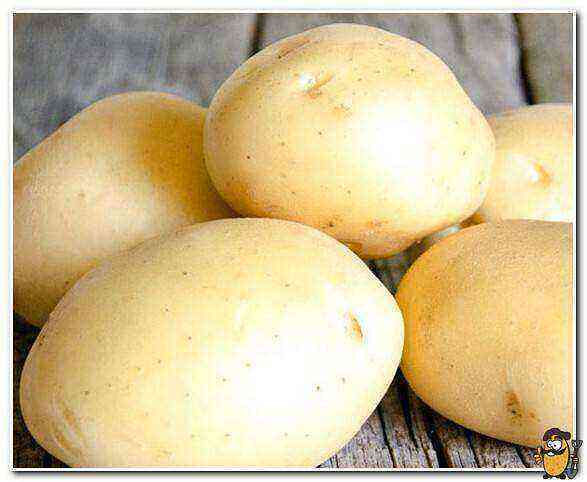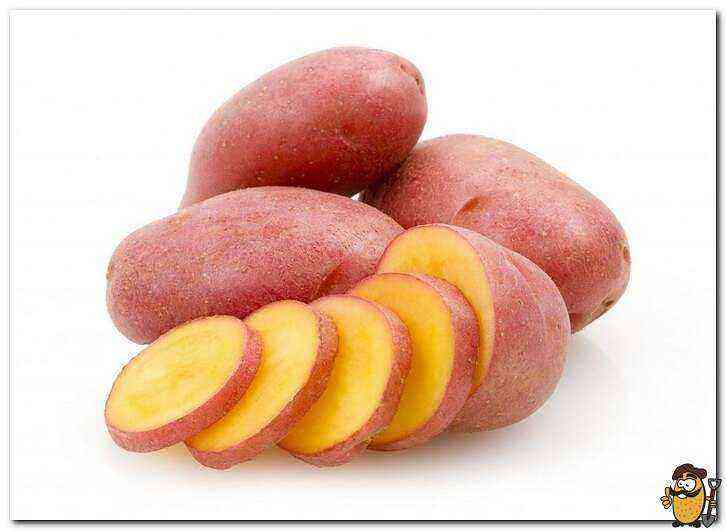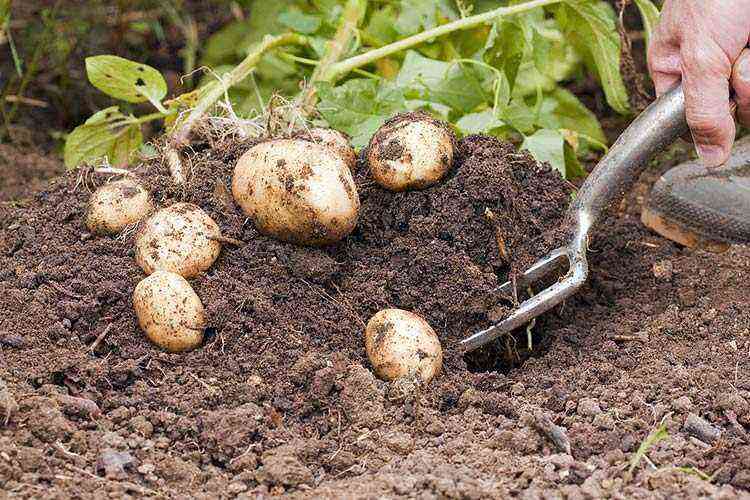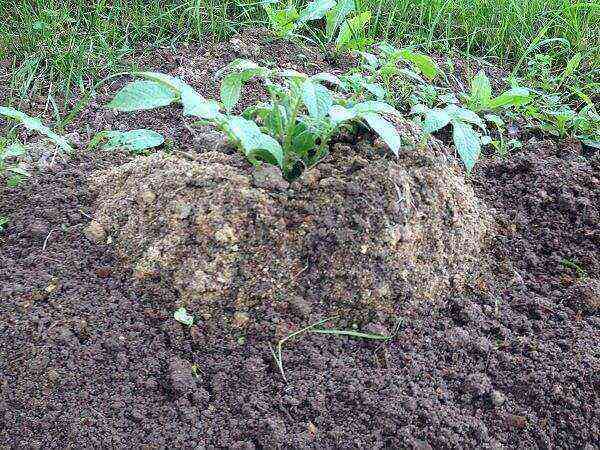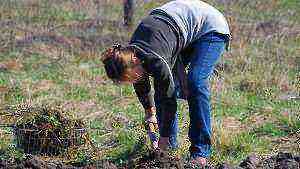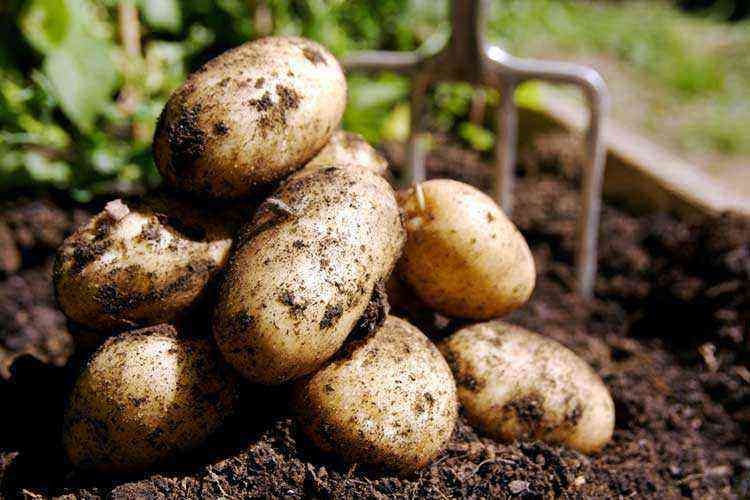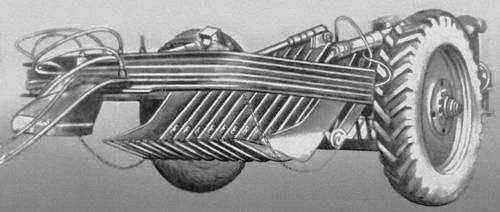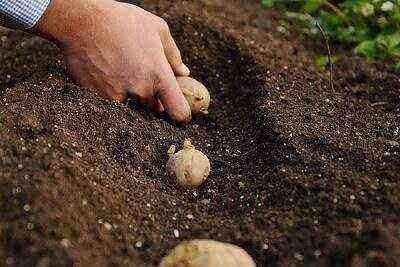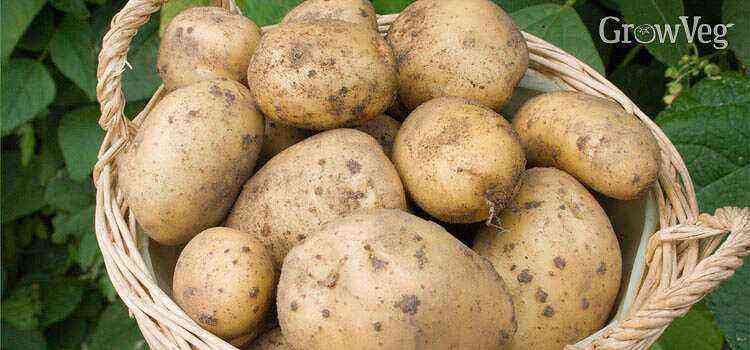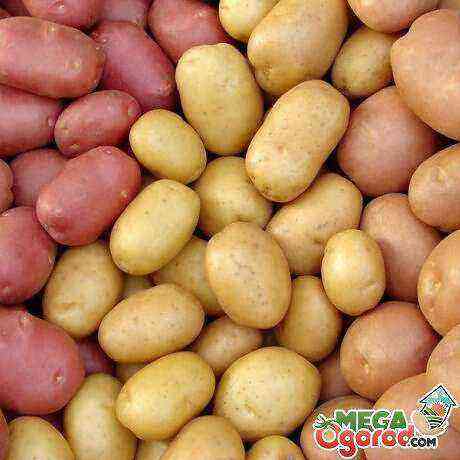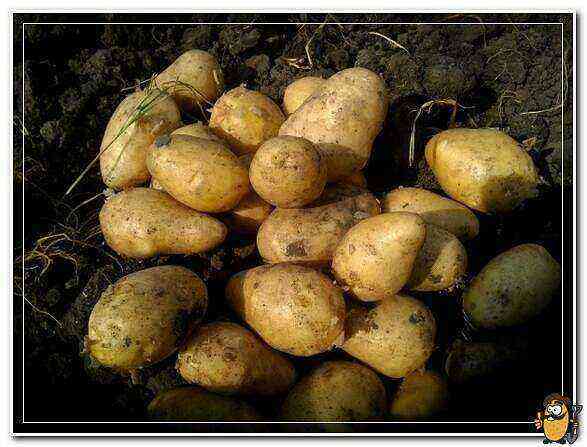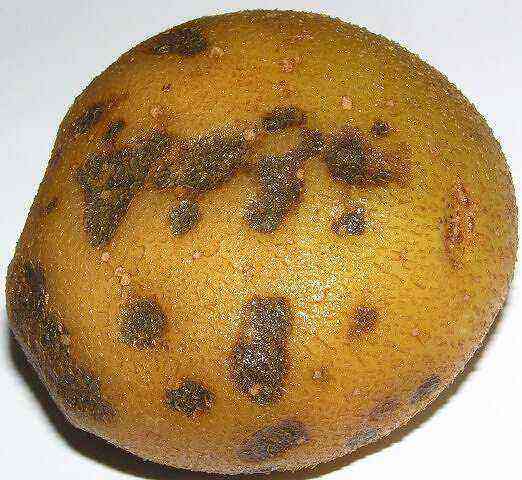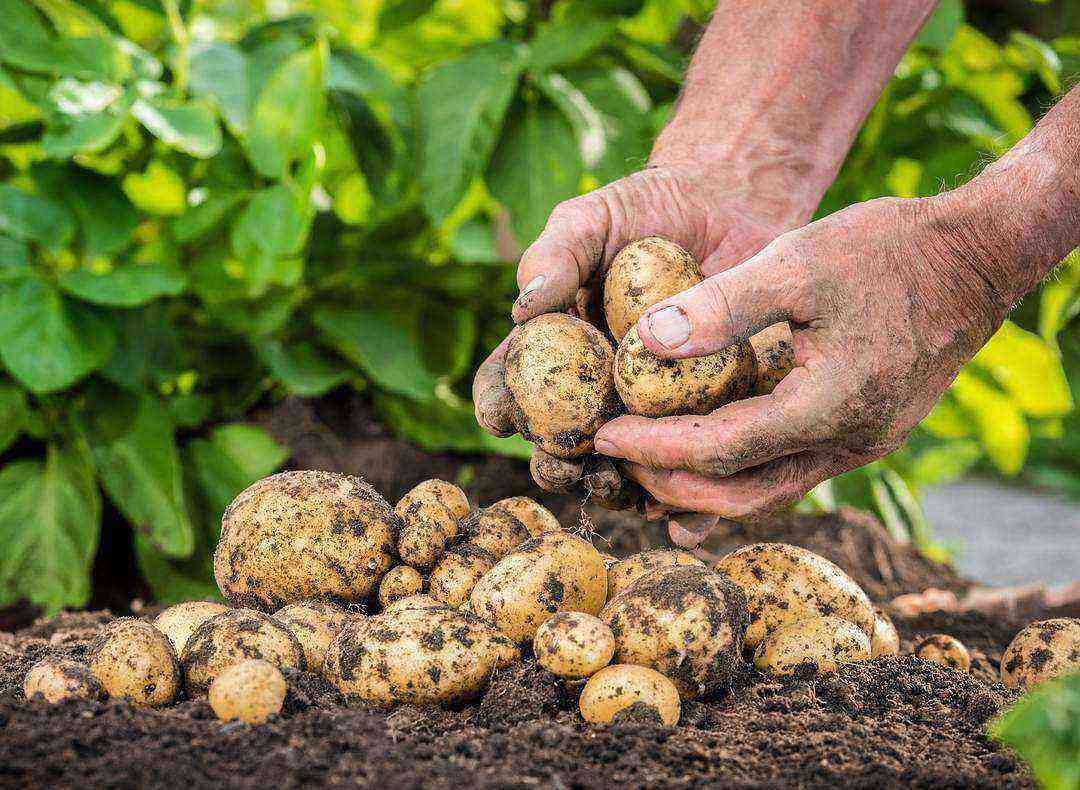Black leg of potato
Symptoms of defeat: the affected plants are mostly conspicuous from early to mid-July due to curling of the upper leaves, yellowing and wilting. with early damage, the plants stagnate and then die off. Affected shoots can be easily pulled out of the soil. Stem slightly rotten at the base with a varying color from dark brown to black. with a late infection, individual shoots get sick and die. In recent years, in some places other symptoms of damage have been found: In some plants, leaf swaths wilt and die from the bottom up. we lower the stem of the affected shoot at first it feels still strong, but inside it has already decomposed to a slimy state. At the base of the stem, nothing is outwardly visible.
Conditions of defeat: Using the affected planting material, early planting, cold weather cheese at the beginning of the growing season. Cleaning under adverse conditions with multiple injuries and damp storage.
Control measures: Cultivation of healthy and flawless planting material, because the pathogen, various types of bacteria, are transferred only with planting material. Planting too early and deep is not allowed, because the affected mother tuber rots, bacteria enter the stem or penetrate young tubers. Reducing damage during harvesting and harvesting, proper storage of potatoes reduces blackleg damage, because bacteria can penetrate all damage. Chemical control measures are not possible.
Wet Potato Rot
Meaning: A very dangerous disease that forms rotten nests in a short time during winter storage or transportation and can destroy a whole batch of potatoes.
Symptoms of defeat: The tuber tissue becomes a soft, mushy mass, which is delimited with healthy tissue by a black line. Without external pressure, the peel does not allow the tuber to fall apart. After cutting, the rotten gruel does not give off a very strong basement smell of mold. The colorless gruel darkens when air enters and eventually becomes black -brown.
Conditions of defeat: Seed tubers are carriers of the bacteria that cause wet rot. When the uterine tuber decays, bacteria enter the young tubers through lentils, stolons or eyes. Rot does not appear immediately, but only with a lack of oxygen and high humidity during storage – in this case, the bacteria are activated. The disease progresses very quickly when the pathogen penetrates the tuber through damage during harvesting and storage. The open tissue of unhealed tubers and the presence of moisture on the surface are favorable for the rapid onset of the disease.
Control measures: Slight damage to tubers, thanks to harvesting at soil temperatures above 10 degrees and a slow conveyor speed. Drying potatoes immediately after backfilling for storage. No fogging of tubers in the bins is allowed. When unloading, take into account the drop height. Select rotten tubers in advance. Thorough hygiene on the farm! Chemical methods of struggle are impossible.




